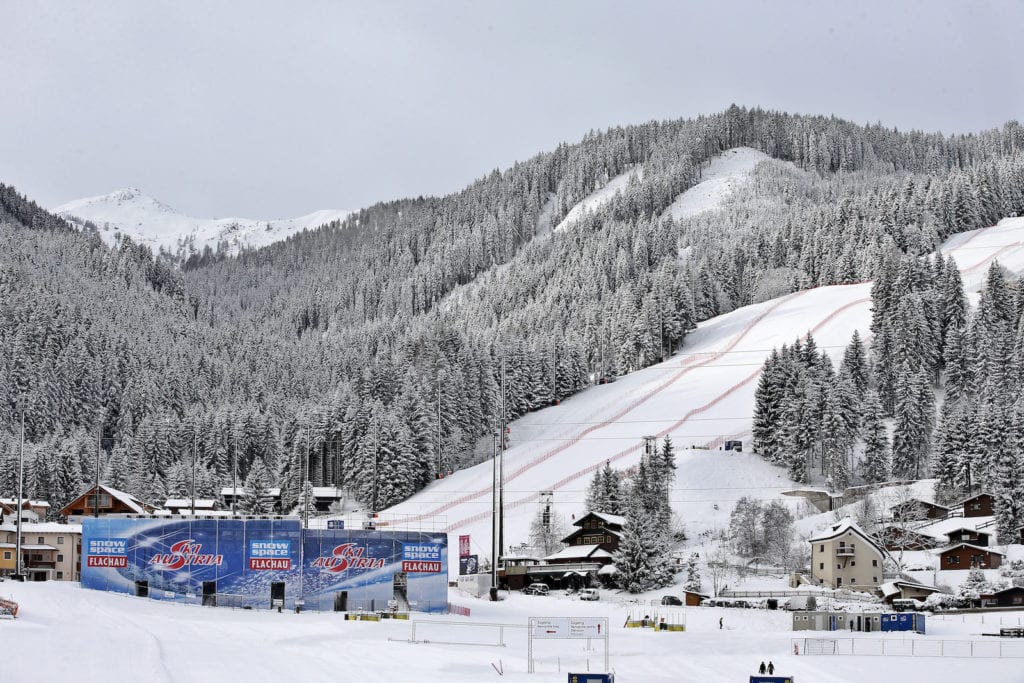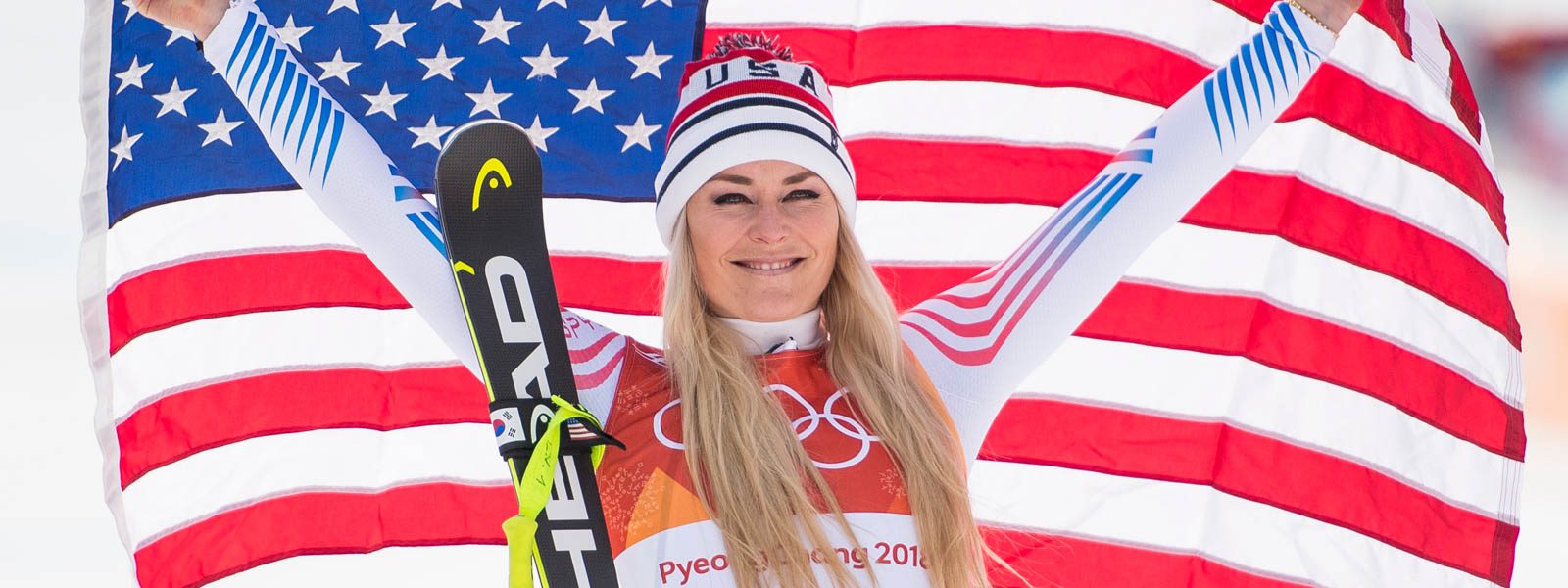Flachau men’s slaloms are another opportunity for newcomers

The White Circus has never quite lived up to its name like it has in the last week, breaking down tents as fast as they can put them up. The two downhill races and one slalom scheduled this weekend for Wengen were off, then on, then off — all within 24 hours as health officials, the local organizing committee, and the FIS finally succumbed to the reality that there were too many cases of the British coronavirus variant (dubbed B. 1.1.7) to stage a safe event. Within hours Austria picked up two of the three races in what was going to be a Kitzbuehel extravaganza for the ages: two slalom races this weekend followed by two downhill races the following weekend, along with a super G. But, a cluster of B. 1.1.7 cases in Jochberg, near Kitzbuehel, broke out among a group of mainly British trainee ski instructors, and so a day later the two slalom races were moved again.

As of this writing, it looks like this: two slalom races in Flachau, Austria this weekend where you can still hear the echo of Mikaela Shiffrin’s victorious scream in the finish on Tuesday, while those two downhill races in Kitzbuehel followed by a super G on Sunday remain on the schedule for next week.
This constant course correction could well be at heart of the highly unpredictable men’s slalom results this season. Over the last decade or more, men’s World Cup slalom has been characterized by water-injected, concrete-hard ice, often with window-smooth surfaces, contested on hills that are all but unskiable for the average racer. This year has been punctuated by relatively easy slopes — or easy or sloppy conditions. Sometimes both. Alta Badia: soft and simple. Zagreb: flat and springlike. Madonna: warm and chewed up. Adelboden: perfectly easy manmade. Lower the bar in men’s slalom, and you quickly learn how many in this deep field can clear it. It might help explain why there hasn’t been a repeat winner this year, why the leader’s bib has changed hands in each of the four races, and why last year’s winners, Daniel Yule (three wins in 2020), Clement Noel (three wins), and Alexis Pinturault (one win) have yet to reach the podium this year. Meanwhile, there have been two new winners, Linus Strasser (GER) and Marco Schwarz (AUT), and eight different names on 12 podium spots. This is not to diminish the results of the new order, but to offer another lens through which to interpret the odd.

Now, with back-to-back races in Flachau replacing the demanding classics in Wengen and Kitzbuehel, do not expect order to be restored. The slope is moderate and — short of watering it into a skating rink — does not offer near the challenge of the venues it replaces. It will have skiers like Yule, Kristoffersen, and Pinturault swearing under their breath, and flat masters Alex Vinatzer, Ramon Zenhaeusern, and Seb Foss-Solevaag salivating.
Meanwhile, it is a golden opportunity for the Austrians to stamp a claim on the slalom standings on home snow. This is a team that has been harangued by the fans and media since Marcel Hirscher retired in 2019. Schwarz was the top Austrian last year, seventh in the standings; no others were in the top 20. Today, he leads. In a manner of speaking, Austria owns the top three spots. Runner-up Linus Strasser skis for Germany but grew up skiing in Kitzbuehel and lives in nearby Kirchberg. Mani Feller sits third, and though none have racing experience in Flachau, the terrain is similar to where they’ve been good this year.

It’s a scenario that also opens the door to higher numbers, which remains the challenge for U.S. national team skiers Luke Winters, Ben Ritchie and Jett Seymour starting mid 40s to low 50s. Also worth nothing, independent racer Alex Leever will round out the American delegation earning his first World Cup starts. (More on that from SRM in the days ahead.) As for Winters, he finally broke the U.S. Ski Team’s DNQ streak last weekend in Adelboden with one of the biggest jumps in run one. Seymour looked veteran-solid to come up just .28 from a second run, and Ben Ritchie was .49 from qualifying in what, I’m told, was a shadow of his training speed. A Flachau doubleheader could be just the recipe for any of these athletes to get in on the 2021 slalom chaos.





















